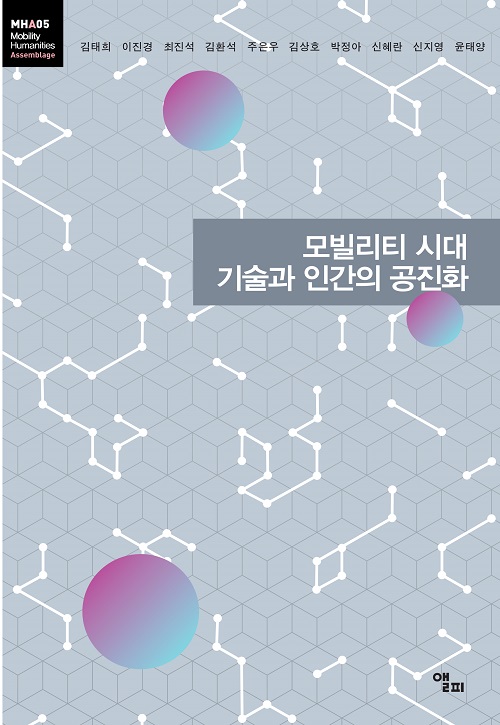Beyond Superficial Optimism
Expansion of the Concept of Mobility, Material Turn and Co-Evolution
Initiated and popularized by John Urry and his colleagues in the early 21st century, the interdisciplinary ‘new mobilities’ paradigm explores the movement of people, materials, information/images in the modern world and its various form, speed, and property as well. One of the quintessential theses of this new paradigm analyzing high-mobility society is that “mobility is material and thereby it premises a material condition in which all people, objects, information, ideas, and images are on the move.” As the theoretical basis for understanding this materiality, the so-called “material turn” emerges in the social sciences and humanities. Transcending anthropocentrism based on the bifurcation of nature and culture, the material turn emphasizes a human-nonhuman assemblage in terms of flat ontology, one that amounts to an ontological equivalence of human, material, more-than-human, nonhuman. From this perspective, it can be said that technology is not a simple means of mediating between human beings and the world. From that time, human beings and technology were closely interconnected, enabling them to have co-evolved together. Based on the notion of flat ontology, we can discuss the co-evolution of humans and machines within “the sequential ensemble of nature-human-machine.”
Reflections on the Future: not a future simply to come to us, but a future we will be making on our own
Whilst the notion of co-evolution is often defined as “the reciprocal evolution of interacting species,” it does not necessarily mean reciprocal evolution if we take into account a broader sense, which involves collaborative or altruistic, competitive, exploitative, predator-prey systems. Furthermore, the term co-evolution does not always signify the progressive since the concept of evolution itself does not always signify positive development or progress. This is, therefore, a pivotal point for those who anticipate and prepare for a future resulting from the development of mobility technology. For we could easily fall into a superficial optimism of an image of the future resulting from technology due to the widely accepted premise that the co-evolution of humans in motion and technology signifies something progressive for both parties. Situated at the intersection of the material turn, this book conceptualizes ‘mobility co-evolution’ between homo mobilicus and mobility technology; in particular it focalizes the fact that such co-evolution constitutes a certain kind of ‘mobility scape’ engendering a new perception, affect, sense of time and space, and placeness. In addition to this, it also examines the aspects of a new power and governance within the context of ‘mobility governmentality.’
Book Synopsis
The book consists of three parts.


